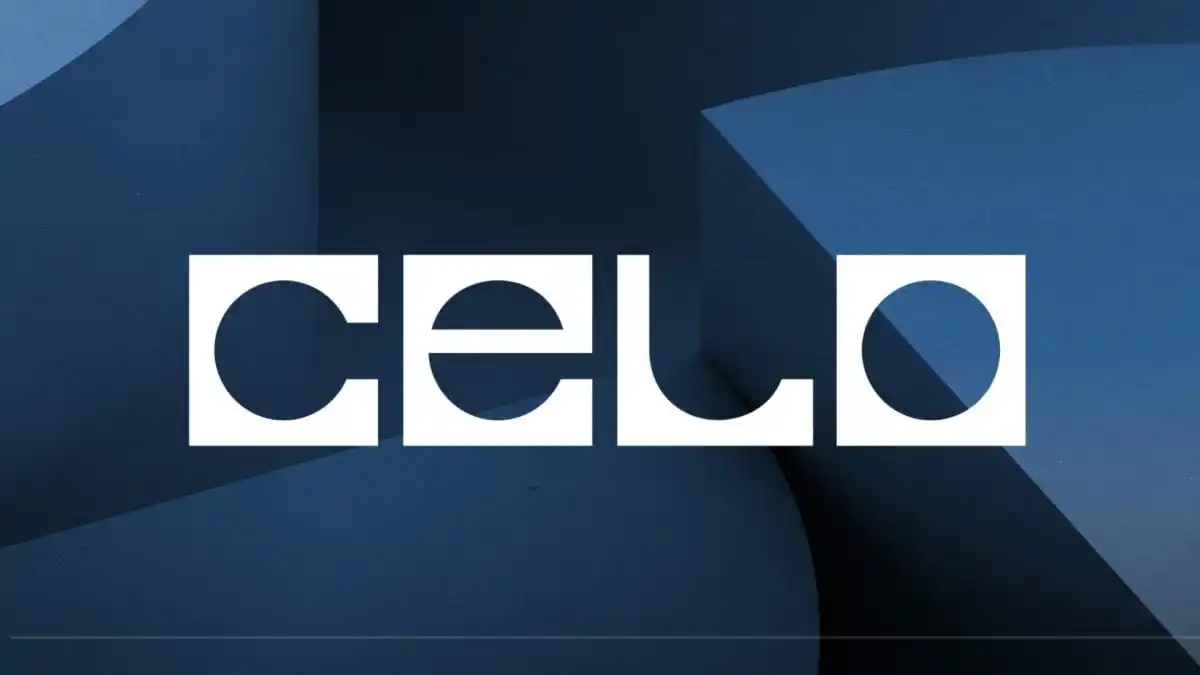Once an independent Layer-1 blockchain, Celo has transitioned as an Ethereum Layer 2 network with massive upside for CELO, its native asset
Celo (CELO), the proof-of-stake Layer-1 blockchain launched in April 2020, has carried out its long-awaited hard fork. The development has now made Celo an Ethereum Layer-2 network. Celo’s official handle shared the update on the successful transition from an independent Layer-1 blockchain to an Ethereum L2 solution.
Impact on CELO and Market Sentiment
Notably, Celo started as an L1 blockchain compatible with Ethereum Virtual Machine. The ecosystem provided fast, low-cost transactions, particularly to mobile users.
With this hard fork completed, Celo has been integrated into Ethereum using Optimism’s OP Stack and EigenDA for scalability.
This move solidifies Celo within the Ethereum ecosystem as it becomes part of the increasing rollups. However, it remains focused on low-cost mobile-first transactions.
Interestingly, with the hard fork, Celo’s L2 now produces blocks every second, a significant shift from its previous five-second block time. This faster block time suggests that transaction confirmations would become faster with improved user experience.
Additionally, Celo has remained attractive to users because of its low cost. The ecosystem will maintain this cost-effective rate to drive global adoption.
According to Celo’s claims, the ecosystem now has over 1,000 projects in over 150 countries worldwide, with approximately 11 million active addresses. Within its five years of existence, Celo has processed over 720 million transactions.
Can the Hard Fork Revive CELO’s Market Position?
Following the update, CELO has recorded a significant 7.15% uptick in value over the past 7 days, currently trading for $0.3989. More investors have also engaged with the coin, as trading volume spiked by 48.03% to $20.91 million.
Investors might consider committing funds once again to Celo, given that this transition has key benefits for the ecosystem. For instance, Celo will benefit from Ethereum’s security, increasing users’ confidence.
Additionally, with Ethereum’s full developer tools, more projects might likely integrate Celo and expand its reach. This could drive adoption, increase Celo’s numbers, and possibly impact CELO’s value.
Despite these positives, market observers have highlighted some key historical facts about Celo and its performance in the crypto space.
They noted that CELO remains far from its peak performance figures in August 2021. Worthy of note is that CELO hit an all-time high (ATH) of $10.66 four years ago and ranked among the top 100 crypto assets.
However, according to CoinMarketCap ratings, Celo currently ranks 184 with less than $250 million in market cap. This hard fork upgrade could support CELO and push it to higher levels.
Disclaimer: The information provided in this article is for informational purposes only. It does not constitute investment, financial, trading, or any other sort of advice. You should not treat any of BGECrypto’s content as such. BGEcrypto does not recommend that any cryptocurrency should be bought, sold, or held by you. Do your due diligence and consult your financial advisor before making any investment decisions.






















